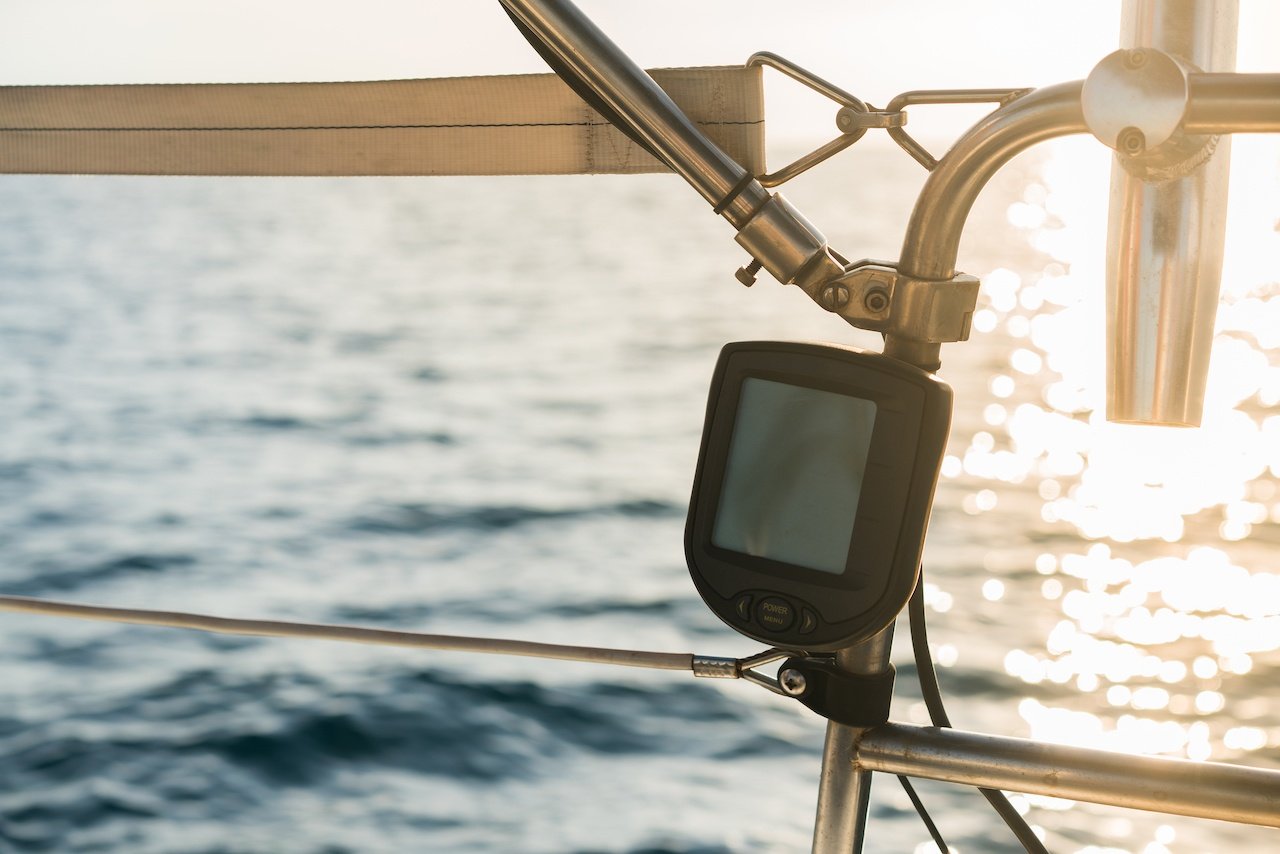Not all sailors are alike. Some have the sea in their veins, others have to rely on machines to help them. Invention and Slow Deployment of Electronics has helped everyone get their chance to safely sail the open water.
Radar and Sonar
Heinrich Hertz discovered the basic principles of radar, that radio waves were reflected by metallic objects, in 1887. Around 1900, Nikola Tesla, the genius from New Jersey, found that the reflections of these radio waves were strong enough that an antenna could receive them. He predicted the eventual use of this principle on ships and boats. Workable pulse radar was demonstrated in the US in 1925 and patented in the UK in 1935. The system was called radar during World War II when it proved effective against German air raids.
In 1906, a device to locate icebergs using a sound-echo principle was invented. The device may have prevented the sinking of the Titanic in 1912 if it had been applied. As submarine technology developed, sensitive microphones were used to detected undersea sounds like the sounds of ships and other submarines. Then speakers to generate sound pulses into the water were added. The echoes of those sound pulses could be detected by the microphones. Added were circuits to measure the time it took from transmission to echo reception to assess distances.
Navigational electronics.
The third big building block in the armamentarium of ships and boats had to await the space age. Before navigational electronics, ships and boats celebrated precision compasses and sextons with which they could more or less accurately locate their latitudes and longitudes using star charts and the relative positions of the sun at different times of the year. Captains and navigators daily plotted their locations on charts and maps of the sea.
Before the GPS system of satellite "beacons", LORAN and Decca navigation systems used trigonometry to locate ships and boats by triangulating radio signals from three beacons which sent continuous radio wave pulses.
The deployment of navigational satellites became an idea after the Russians launched Sputnik in 1957. The first American satellites were experiments in the way satellites could broadcast radio to ground stations and certain aberrations were discovered. The first simple low-frequency satellite navigation system, "Omega" became operational in 1971 with an accuracy to within 6 km. Between 1989 and 1997 a total of 28 "Block" satellites were launched into orbit to form the first GPS system. Bill Clinton ordered the GPS system to be available for civilian use in 2000. The GPS system has replaced mechanical navigators on almost all boats and ships.
What Electronics are on Most Boats Today?
VHS (very high frequency) radio transmitter/receivers are hard-wired into the boat. VHS radio is the most reliable form of communication. Most VHS radios have DSC (digital selective calling) systems to speed communications in emergencies. PLB transmitters are sometimes included to send distress signals directly to the Coast Guard. Emergency signal devices communicate via satellite rather than atmospheric radio. These are for emergency use. SSB radios are like VHS radios but have an "ocean-sized" range. These devices generate a signal so that other boats can "see" you.
Depth Sounders operate on the sonar principle to do regular soundings and map the channel bottom to prevent moving into water too shallow for the vessel. Radar systems are on many boats for navigating in fog. AIS systems keep track of the location of commercial shipping and put the location of large commercial vessels with course and speed on a chart of the area. Sailboats have special instruments that assess wind speed, water depth compared to the boat depth, water temperature, all networked to the GPS. Satellite-based weather reports include real-time Doppler radar based on your boat's location.
Atomic Tuna Yachts is the broker in San Francisco for buying and selling quality yachts. Please contact us to learn more.






